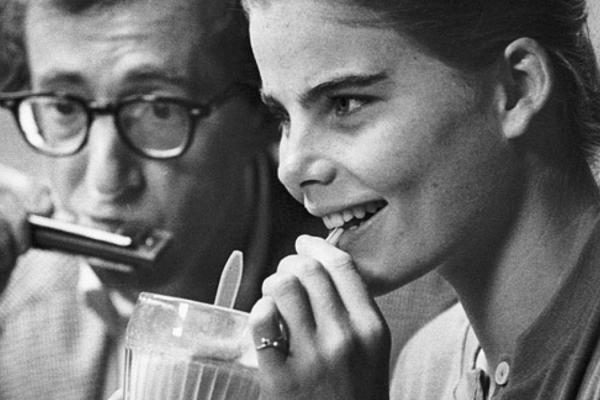IN THE PAST couple of months, since the sex crime revelations about Hollywood kingpin Harvey Weinstein, a historic corner has been turned regarding the fact that some powerful men abuse and degrade the women around them. In fact, we’re already talking about this as the post-Weinstein era.
But the wave of belated outrage that is just now cresting may have started building more than a year ago, with reports about Donald Trump’s sordid record as a serial harasser, molester, and adulterer, a history confirmed, on the record, by no less than 20 women in the weeks before election day.
For reasons that have been pretty thoroughly rehearsed, in these pages and elsewhere, that wasn’t enough to stop the Trump train. But the shock of Trump’s victory must have done something to embolden the next wave of women to speak out, at Fox News. And the example of Gretchen Carlson and Megyn Kelly must have made it easier for some of Weinstein’s victims to speak. And after them, the deluge.
Read the Full Article

